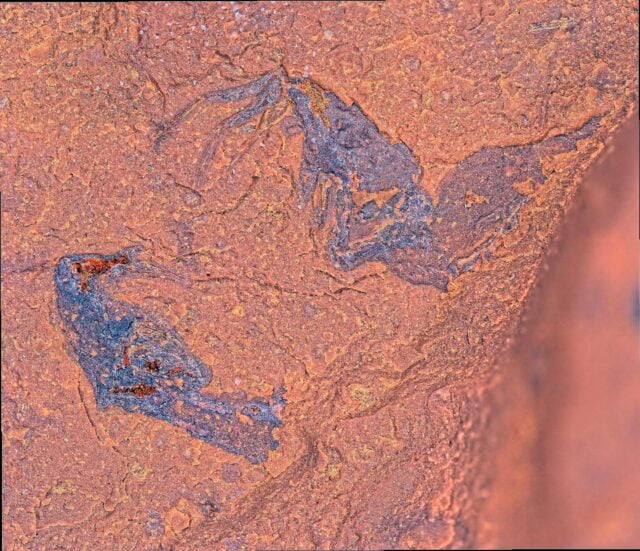
Australia, a land known for its diverse and unique wildlife, has recently unveiled another astonishing discovery. A fossil of a ‘giant’ trapdoor spider has been unearthed, providing a captivating glimpse into the ancient world of arachnids.
A Historical Find
- The fossil is estimated to be between 11 to 16 million years old.
- It was discovered in the heart of Australia, specifically in a parched region of New South Wales known as McGraths Flat.
- This discovery is particularly significant as it’s only the fourth spider fossil ever to be found in Australia.
Introducing Megamonodontium mccluskyi
The newly discovered species from the Miocene era has been officially christened as Megamonodontium mccluskyi. This ancient arachnid was preserved between rocks, akin to the filling of a spider sandwich, providing a detailed look into its physical attributes.
Why is this Discovery Important?
- The fossil offers invaluable insights into the evolutionary history of spiders, particularly trapdoor spiders.
- It sheds light on the environmental conditions and the biodiversity of the Miocene era in Australia.
- The preservation of the spider between rocks provides a unique opportunity for researchers to study its anatomy in detail.
In Conclusion
Australia’s rich biodiversity continues to surprise and educate us. The discovery of the Megamonodontium mccluskyi fossil is a testament to the country’s vast historical and ecological treasures. As researchers delve deeper into the study of this ancient spider, we can expect to learn more about the world of arachnids millions of years ago.
Key Takeaways:
- The fossil is between 11 to 16 million years old.
- Found in McGraths Flat, New South Wales.
- Named Megamonodontium mccluskyi.
- Only the fourth spider fossil discovered in Australia.
This discovery not only adds to the scientific knowledge of ancient species but also underscores the importance of preserving and studying fossils. They serve as windows to our planet’s past, helping us understand the evolutionary journey of various species and the changing dynamics of Earth’s ecosystems.











